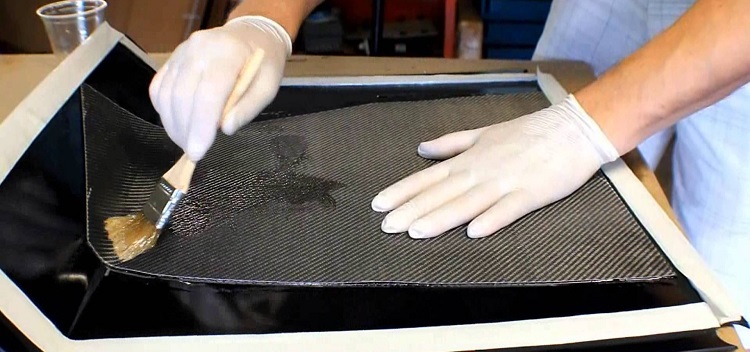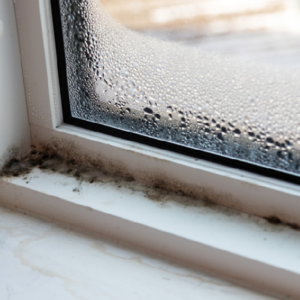Carbon fiber, prized for its exceptional strength and lightness, is increasingly being used in architecture and manufacturing all sorts of products, including racing cars, golf clubs, bicycles, aircraft and spacecraft, boats and more. It’s not just strong, it is actually 5 times stronger than steel!
First produced in 1950s, carbon fiber went through series of production methods until it evolved into today’s much more efficient process. While most of the companies producing carbon fiber keep the exact process a trade secret, there is a lot of knowledge you can have access to.
The Process of Making Carbon Fiber
The carbon fiber creation process consists of several stages, both chemical and mechanical.
Creating the Precursor
The process starts by creating the precursor, or raw material. The overwhelming majority of carbon fiber (90%) is made of polyacrylonitrile, while the remaining 10% is made from rayon or petroleum pitch. And although almost all companies use these materials, the exact recipe is often developed by the company and kept top secret.
To create polyacrylonitrile precursor, acrylonitrile plastic powder is mixed with a plastic like methyl acrylate, combined with a catalyst within conventional suspension or solution polymerization. The resulting material is then spun into fibers and washed in a chemical bath.
Spinning is one of the most important stages of the carbon fiber manufacturing process, because this is when the atomic structure of the precursor is formed. This structure consists of molecule strings that are connected with the help of carbon atoms.
Stabilizing
Before the material is carbonized, it is chemically altered to create a heat-resistant ladder bonding. This is done by heating the fibers in a very high temperatures (390 to 590° F), often using hot rollers, heated chambers or with the help of different gases.
Carbonizing
Now the temperature is turned up even higher, between 1,830 and 5,500° F. This process is carried out in an oxygen-free environment, so carbon doesn’t burn. The fibers run through chambers filled with gases, where they discharge their non-carbon atoms, leaving a tight net of long interlocked carbon crystals.
Treating the Surface
As carbon fibers are often used in combination with bonding materials to create composites, this process makes sure it can bond well with them. This is often done by oxidation (bathing the fibers in gases) or coating them with electrically conductive materials. This process is carefully controlled because a missed pit or overcoating can damage the most important features of the material.
Sizing
This is where carbon fibers are prepared for packaging. For avoiding damage, the fibers are first coated with materials like polyester, nylon, and so on. After this step, the fibers are rolled onto bobbins that are placed in special spinning machines that twist the fiber strands into yarns of different sizes.
After the manufacturing process is complete, the fibers are ready to be woven into fabrics and used in composites.
Today, the leading producers of carbon fiber are the United States, Japan and countries in Western Europe. This material is becoming more and more trendy, finding new uses in architecture and industrial machinery, or simply making our lives easier!




